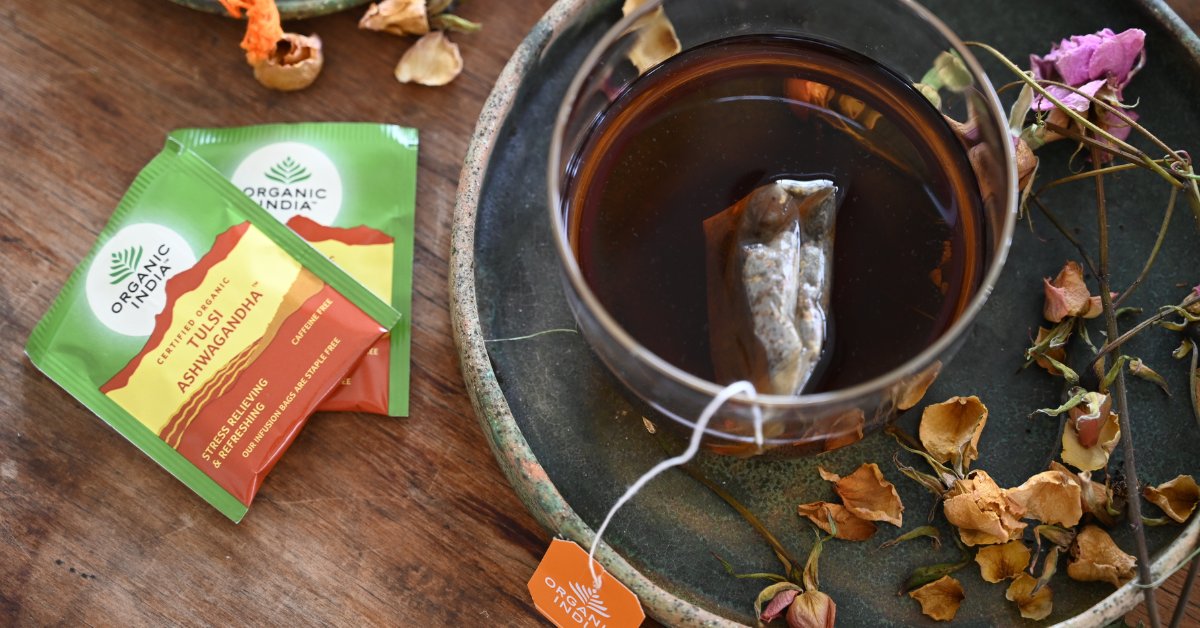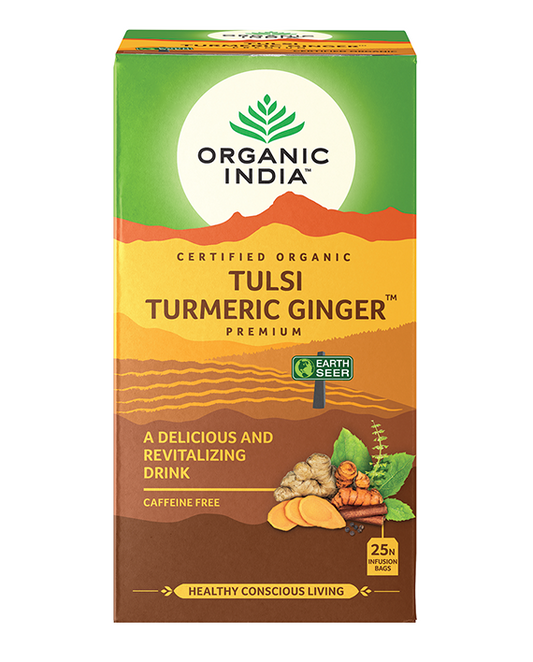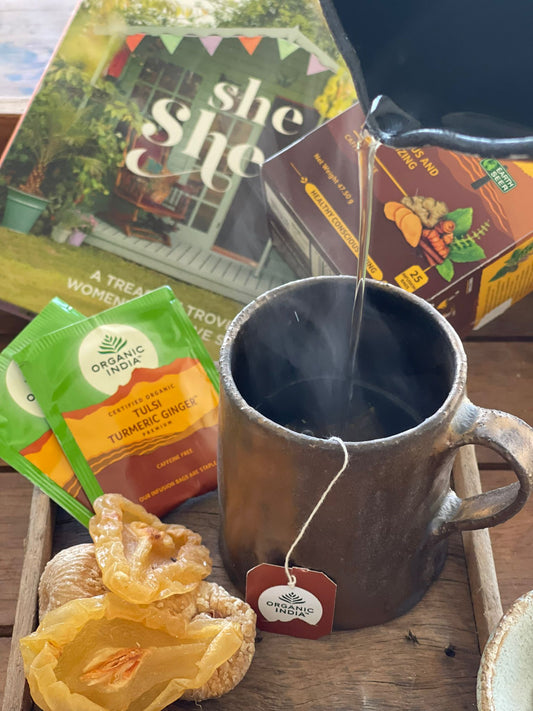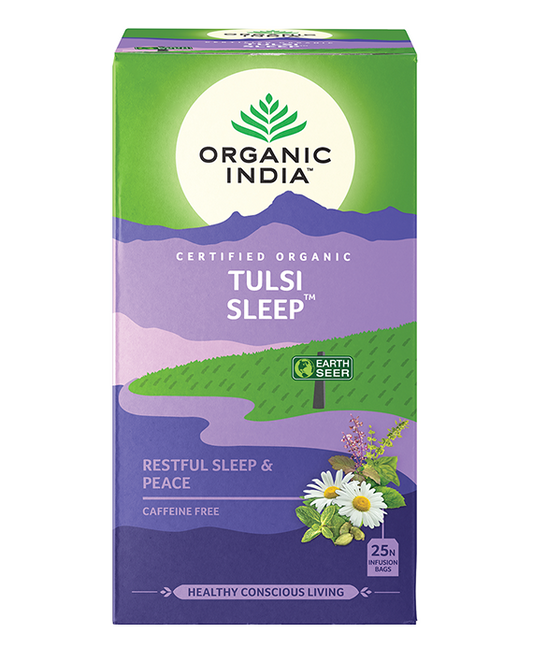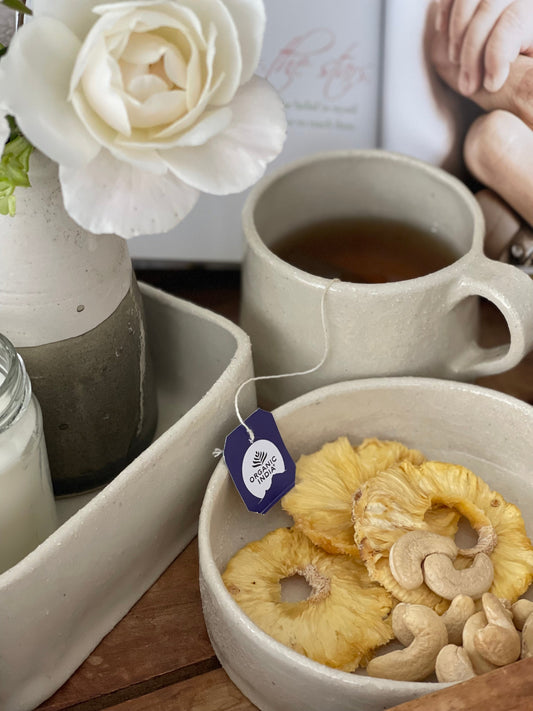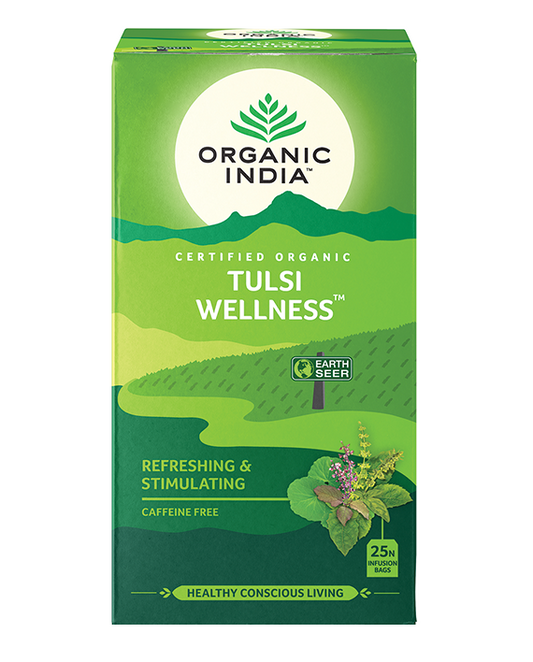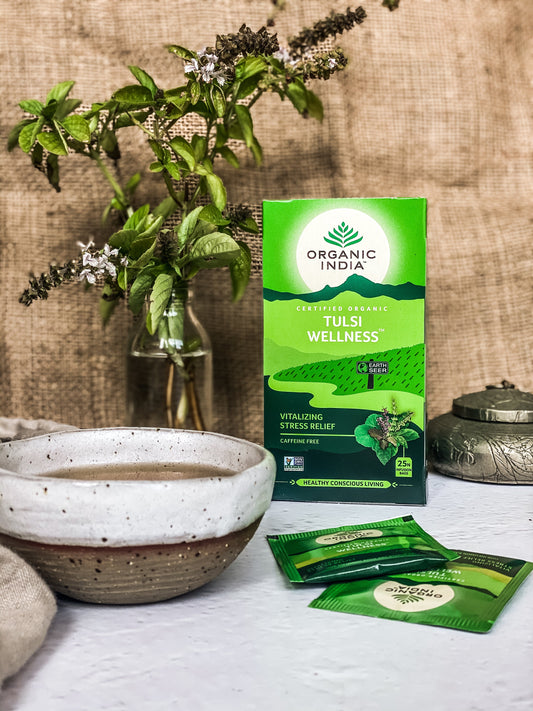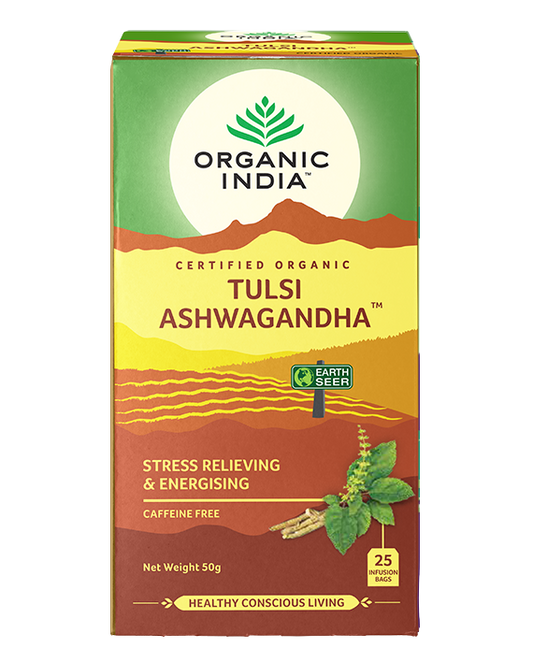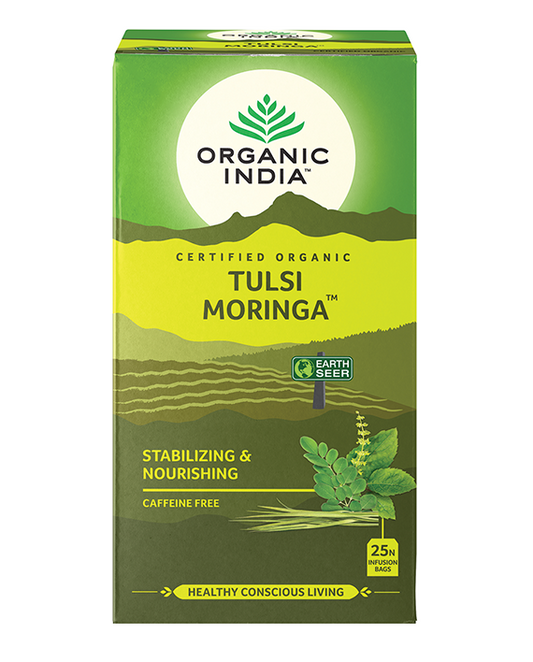If you’re a health and environmentally conscious person, a regular farmer’s market patron, and/or a gardener, you’ve probably heard about the regenerative gardening movement.
This farming practice is growing in popularity because it provides a simple and viable way to address climate change by focusing on soil health.
Contents:
- How Does Regenerative Gardening Work?
- Tips for Regenerative Gardening at Home
- Encouraging Biodiversity in your Garden
- Support your Local Regenerative Ag Movement
How does Regenerative Gardening Work?
Regenerative agriculture goes beyond standard organic and sustainable growing. With a focus on implementing growing practices that include cover crops, no or low- till, encouraging biodiversity, applying compost, avoiding the use of chemicals, and nurturing soil fertility.
All of this supports plants’ natural ability to draw down carbon and transfer it to the soil. The soil then soaks it up and sequesters it, which keeps it out of the atmosphere while it benefits soil biology.
This may sound too good or too simple to be true, but it really does work.
It works so well that many countries have signed on to convert as many farms as possible to regenerative ag to address climate change.
Unfortunately, the United States is not one of those countries.
However, there is a growing number of American independent organisations and nonprofits, like the Rodale Institute for example, dedicated to helping professional farmers switch from conventional or conventional-organic to regenerative agriculture.
But, when it comes to an issue as big as climate change, it is the efforts of individuals and organisations working together that will ultimately propel us forward.

Tips for Regenerative Gardening at Home
In this article, you’ll learn how to apply the foundational principles of regenerative agriculture to your own backyard garden.
1. GO LOW- OR NO-TILL
Most gardeners till in the spring and/or fall, to break up soil and dig up any weeds or grasses that have taken hold.
But, did you know every time you till it degrades soil health while releasing stored carbon from the plants and soil into the atmosphere? This is why carbon levels sky-rocket during tilling season and then reduce during the growing season.
Thus, regenerative gardening must include a no-till or low-till approach.
No-till involves never tilling up your soil again, while low-till involves very minimal tilling—such as tilling once to break ground and establish a garden bed. From there, you’d mulch regularly and deeply to prevent weeds and grasses, while adding generous amounts of compost and other amendments to feed and nurture the soil.
You can even do a no-till approach when starting a new garden.
The standard way to do this is to start several months before you intend to grow. You start by building up raised beds or rows using cardboard as a base layer and adding plenty of organic matter, like grass clippings and compost on top to kill the weeds and grass. After several months, the soil should be ready to grow in.
The big benefit: By greatly reducing or eliminating tillage, you naturally increase carbon sequestration (where plants draw down carbon and transfer it to the soil) which will help slow climate change.
2. FIND A GREAT SOURCE OF COMPOST
Compost is essential to regenerative gardening because it adds 100% natural organic matter, nutrients, and beneficial microorganisms to the soil.
Unfortunately, not all compost is created equal. So it may take a little trial and error to find the highest quality product in your area.
Here are some key attributes to look for in a great quality compost:
- It should be a chocolate brown colour, similar to a 70% cocoa.
- There should be no rancid or putrid smell of ammonia or sulphur. It should smell pleasant, not gross!
- The texture should be fairly fine (unless it’s wet), with no big pieces of distinguishable food or wood chips.
- Bulk compost should not be steaming hot when delivered, that means it’s not fully “cooked”.
- If you’re buying bagged compost, it’s best if the bags have holes in them, which lets the microorganisms breathe. That said, most compost companies do use plastic bags. So, if the only good compost product in your area is packaged in plastic bags, you may have to compromise here.
If you’re wondering about making your own compost, yes you can!
However, making good, biologically-active compost does take some education, skill, the right quantity and ratio of quality inputs/materials, and time.
So for best results, plan to invest in learning how to make a good quality compost.
The big benefit: compost acts as a nutrient-rich soil amendment while naturally enhancing your soil’s microbiological diversity.
3. KEEP YOUR SOIL COVERED AT ALL TIMES
Leaving your soil uncovered and exposed after growing season is one of the fastest ways to degrade topsoil, kill off micro-organisms, introduce weed seeds, and dry out your garden.
Instead, turn to cover crops and/or mulching to protect and nourish the soil during the off-seasons.
There are dozens of cover crops and combinations to choose from. Each with their own benefits and nuances for specific crops, soil types, and regions.
Here are a few easy ones to start with in your garden:
- Buckwheat is handy to have around because it acts as a quick cover crop that you can terminate by cutting and tarping in about a month. So if you’re ever behind schedule with planting or succession planting, and/or just need a quick cover crop, buckwheat is ideal. Just be sure to terminate it before it flowers.
- Oats and peas are one of the easiest combinations to start with. They’re simple to grow and excellent for building biomass and fixing nitrogen.
They also winter-kill, which provides natural mulch during the cold months. Then, when warmer weather comes they naturally decompose into organic matter, which benefits the soil like compost. This means your garden bed(s) will be ready to go come planting season.
- Rye and crimson clover are a little more finicky/advanced to work with. However, this combination won’t winter-kill as easily as oats and peas, unless you’re in a very cold climate. Thus, they’re optimal for maintaining growth and benefitting soil microbes throughout the winter.
This crop is typically terminated in the early spring by mowing down/cutting and then tarping the area for a minimum of 6 weeks. This creates a bed of mulch you can plant directly into. Again, this crop takes a little more effort in the springtime, but is worth trying once you get the hang of some simpler cover crops.
If you cannot or do not wish to use cover crops, mulching is a great alternative.
For best results, mulch at least 2 inches thick and do it often using things like straw (make sure it’s coming from a clean source that does not use pesticides and herbicides, which kill microbes), grass clippings, leaves, or wood chips.
This deep and regular mulching prevents topsoil from drying out, adds fertility, improves soil structures, and fights weeds. All of which preserves microbiological life.
If you’ll be using mulching as your main covering technique, find a good local source to purchase in bulk. You can also make your own leaf mulch and use dried grass clippings from mowing your lawn (presuming your lawn is pesticide-free).
The big benefit: keeping soil covered at all times preserves its microbiological activity, protects topsoil, and encourages biodiversity.
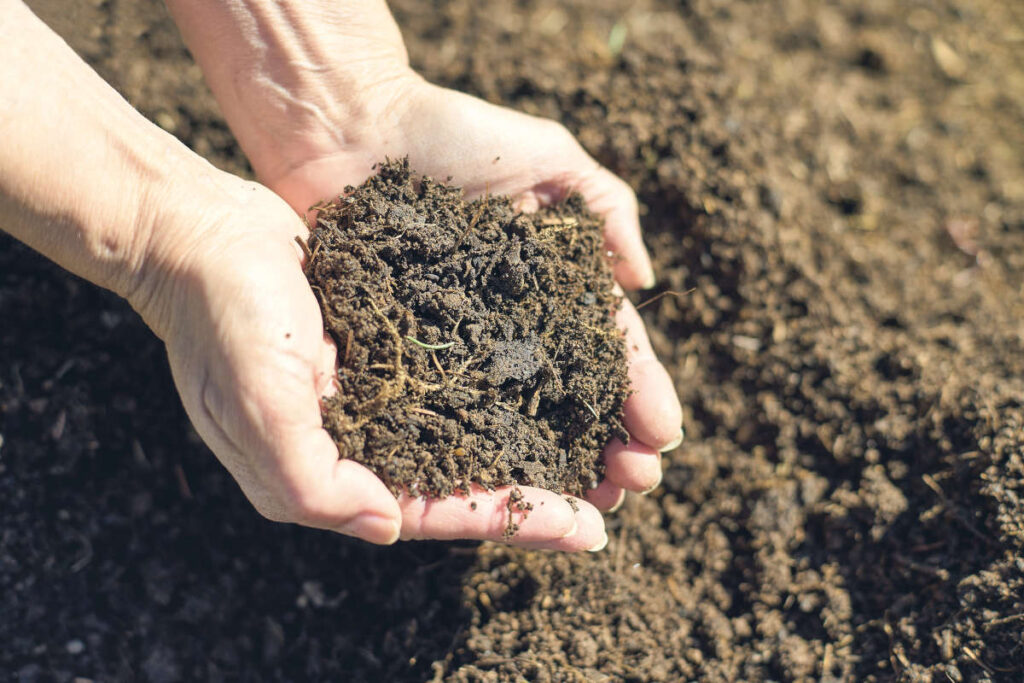
Encouraging Biodiversity in your Regenerative Garden
Regenerative gardening is all about healing and nurturing eco-systems by encouraging biodiversity of all living things—from soil microbes to the birds and bees.
Here are some ways you can do this in your garden:
- Grow a variety of different plants and plant types like annuals, perennials, trees, bushes, flowers, pollinator plants, vines, etc. The more plant diversity, the healthier the overall ecosystem.
- Avoid mono-cropping, which weakens soil biodiversity leading to pest pressure, disease, and weak plants. The easiest way to avoid this is by focusing on variety in your garden and yard.
- Use cover crops. This enhances your garden’s variety which will help the soil and naturally attract beneficial insects. Once you get familiar with the basics (like oats, peas, rye, and crimson clover) try changing up your cover crops to further enhance soil health.
- Encourage beneficial insect species with flowers and pollinator gardens. By planting flowers within your fruit and vegetable gardens, and pollinator gardens around your yard, you’ll help attract predatory bugs that keep away the pests. All while enhancing the beauty of your outdoor space.
- Avoid the use of synthetic pesticides, herbicides, insecticides, and fungicides. These may offer short-term benefits, but they also ruin your soil’s biology. The good news is, by following regenerative agriculture principles, you’ll naturally have less pests, weeds, and disease. There are also DIY 100% natural options you can turn to, like cayenne pepper spray or diatomaceous earth to deter pests.
- Bring animals into the rotation if practical. This isn’t essential for home gardening, but if you have chickens or ducks, for example, they can naturally help control weeds, eat pests, aerate and fertilize the soil.
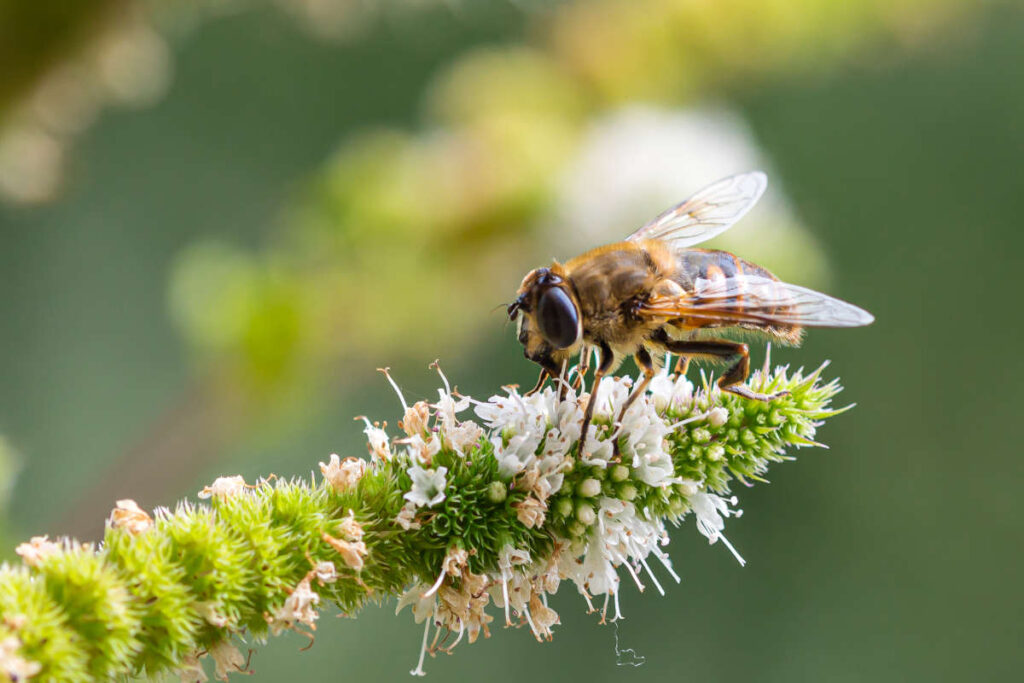
Support Your Local Regenerative Gardening Movement!
Few of us have the space, time, and skill to grow and raise all our own food. But that doesn’t mean we have to rely on food producers who do not align with our values.
Instead, get connected with local and regional regenerative agriculture growers and food companies. Thanks to the growing popularity and awareness of this movement, there are more options than ever before.
Regenerative Farmers of America is a great place to find a local farmer.
You can also check the labels of your favourite organic, sustainable products to see if they source from regenerative agriculture farms.
Epic food bars, Bonterra wines, and our company (ORGANIC INDIA) for example, all support regenerative organic farms. In addition, many natural foods markets have made a commitment to sourcing more items from regenerative farmers.

